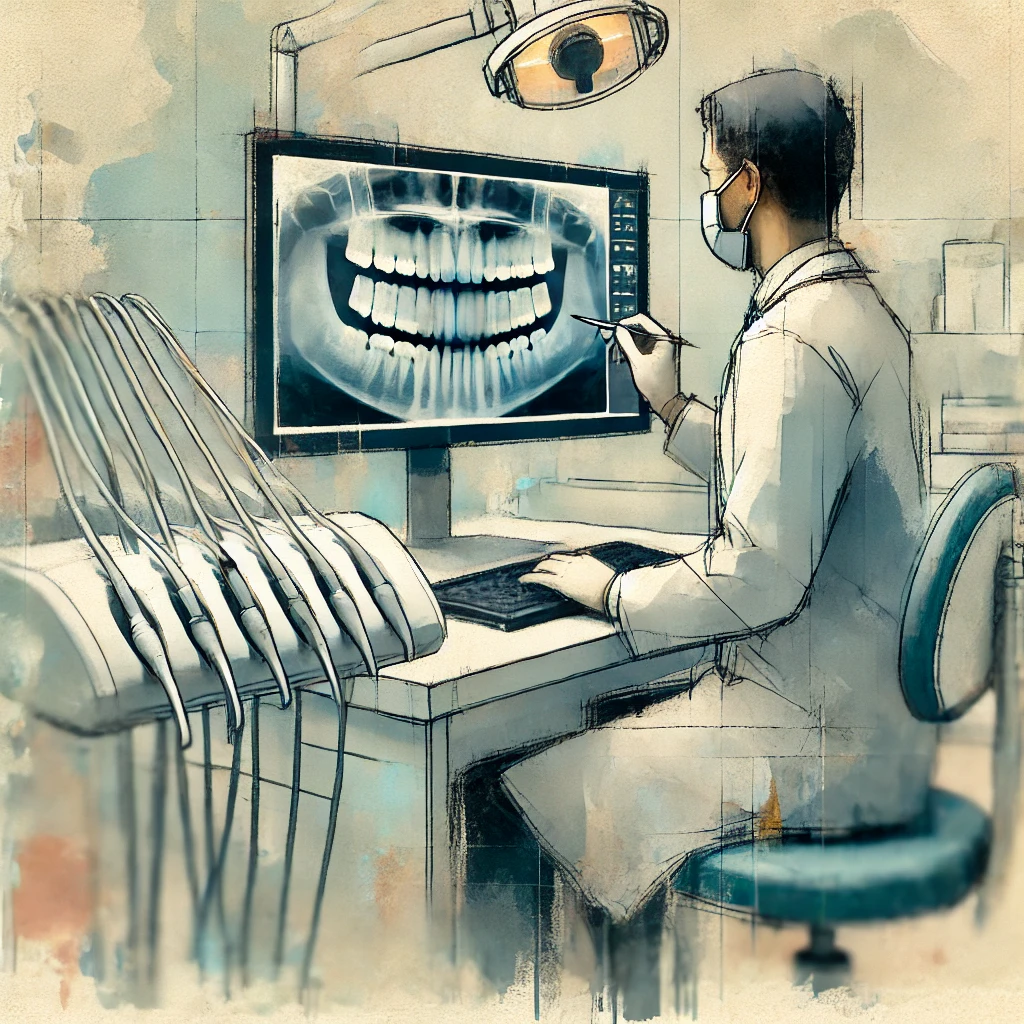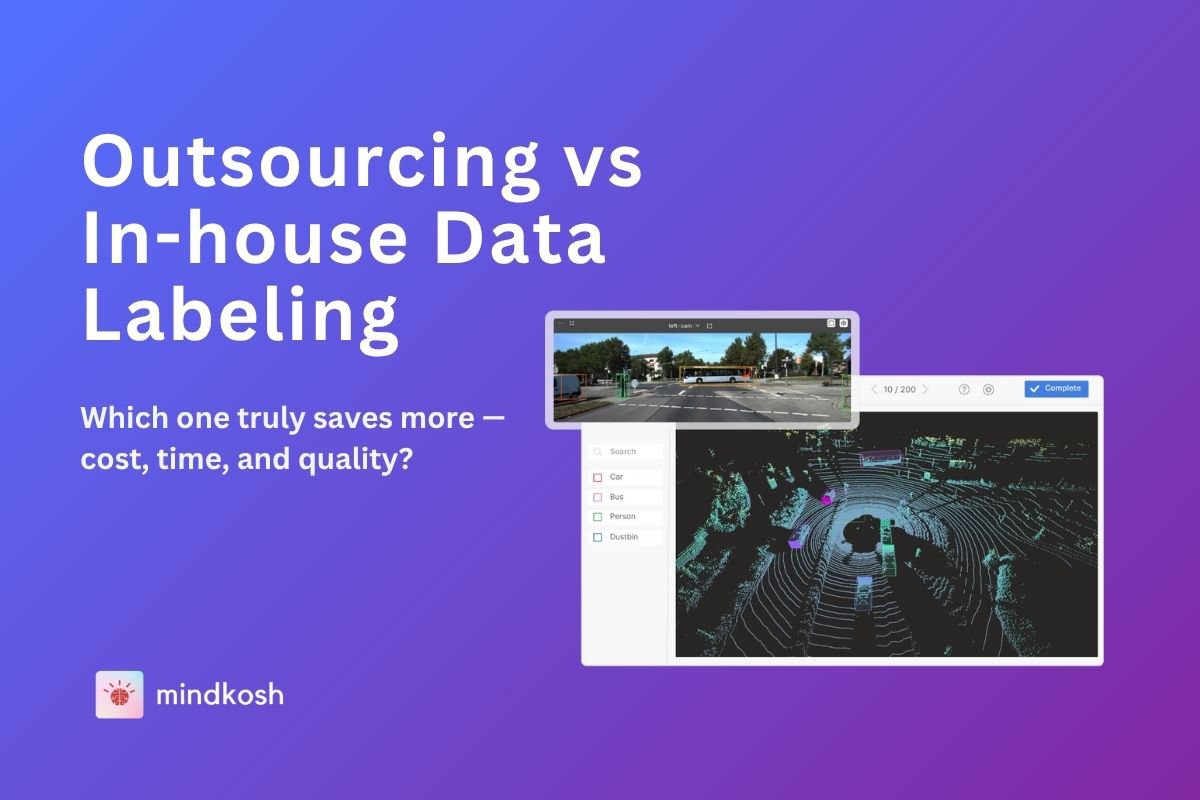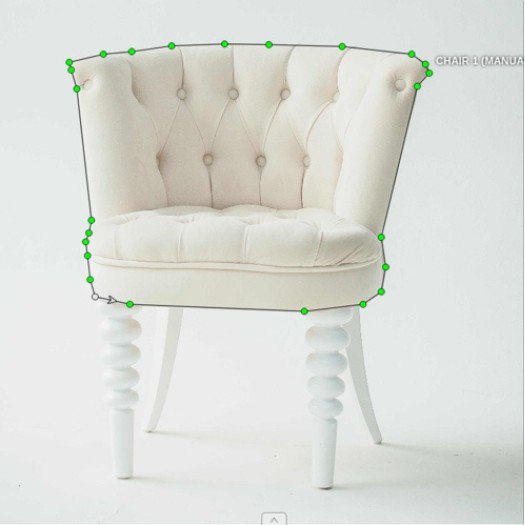This article talks about cuboid annotation over 2D images. If you are looking for 3D cuboid annotation of point clouds, please refer to this page.
With traditional annotation techniques like bounding box annotation, one crucial ingredient is missing to accurately perceive the world - depth. 2D Cuboid annotation provides this missing piece by transforming flat, 2D images into three-dimensional representation. It provides ML models the depth perception and spatial understanding crucial for these applications. In this blog, we investigate the transformative power of cuboid annotation - it's importance, applications, as well as the methodologies.
What advantages does Cuboid Annotation offer?
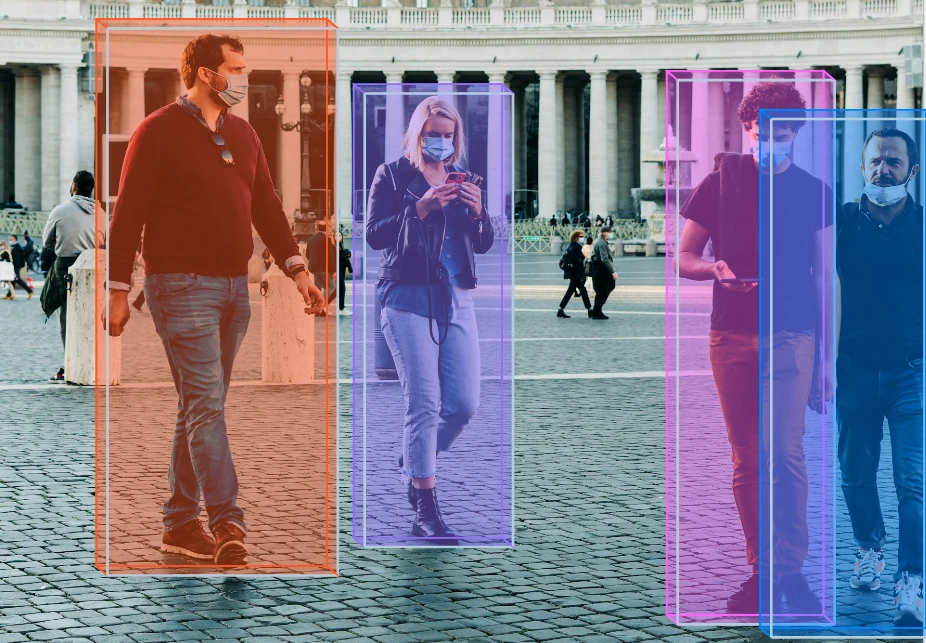
Enhancing Depth Perception
Humans have a natural depth perception while cameras and AI systems usually operate in a flat, two-dimensional (2D) plane. Cuboid annotation overcomes this gap and provides a 3D perspective to 2D images and videos. Annotators can encode the spatial dimensions and direction of these objects which enables AI systems to understand their size, shape, and position in space by drawing cuboids around objects. Moreover, this depth insight is important where accurate distance measurement and spatial awareness are necessary for applications.
Supervised Learning and Training Data
AI systems rely significantly on learning which include training models on annotated data. In the case of cuboid annotation, this means tagging images and videos with 3D cuboids manually to provide the AI enough examples to be able to learn. Once trained with enough examples, AI systems are able to adapt to fresh, unexplored data. High-quality annotations are crucial to ensure that the AI system can precisely identify and interpret objects in a variety of contexts and environments.
Reducing Bias in AI Systems
While AI systems themselves are unbiased, the data they are trained on can introduce biases. Cuboid annotation establishes a different and complete dataset to reduce these biases. Moreover, Annotators can include a wide range of object types, sizes, and orientations, capturing the variability present in real-world scenarios. Therefore , this thorough approach reduces the likelihood of the AI system making erroneous predictions based on skewed or incomplete training data.
Annotating 2D images with cuboid
Manual Annotation
Manual annotation is the traditional and most prevalent method of annotating data. It involves human annotators drawing 3D cuboids around objects in images and videos. This process requires precision and attention to detail, as annotators must accurately outline the objects' dimensions and positions. When accuracy is of greatest importance, multiple annotators can be asked to label the same data points, and use methods like inter-annotator agreement to assess the quality of the annotations.
- Precision and Reliability: Expert human oversight ensures final annotations are accurate and reliable.
- Time consuming: Can be labor-intensive and slow, specially for labeling with cuboids as they are more complicated to label.
Automated Annotation
Fully automated cuboid annotation relies on advanced AI algorithms to detect and annotate objects in images and videos without human intervention. This approach can handle large volumes of data quickly and can help alleviate some of the issues associated with manual annotation. However, integrating automatic annotation for cuboids is still an active area of development and there do not exist ready-made tools to make it possible. Some key points to note here are:
- Scalability: Automatic annotation can process large datasets rapidly.
- Initial Setup: Requires sophisticated algorithms and multiple re-training for optimal performance. With a lack of ready-to-use tools, this can be difficult to setup unless you have an infrastructure in-house to support automatic annotation.
- Accuracy Concerns: May need periodic review and adjustments to maintain accuracy.
Applications of Cuboid Annotation

Autonomous Vehicles
One of the most prominent applications of cuboid annotation is in the development of autonomous vehicles. Self-driving cars need to navigate complex environments, recognize various objects, and make real-time decisions. Therefore Cuboid annotation provides the detailed spatial information required for these tasks. Moreover, by accurately understanding the dimensions and positions of vehicles, pedestrians, traffic signs, and other obstacles, autonomous driving systems can safely maneuver through their surroundings.
- Distance Estimation: Cuboid annotation allows Machine Learning models to estimate the distance to a nearby car, determine its speed, and predict its trajectory.
- Collision Avoidance: With accurate 3D labeled data, ML models can perform object detection more accurately, helping to prevent collisions and ensure safe navigation.
- Traffic Sign Recognition: ML models trained on data accurately labeled with cuboids, can better recognize and interpret traffic signs and signals, ensuring compliance with traffic rules.
Indoor Object detection
Cuboid annotation is also valuable for indoor object detection. In environments like homes, offices, and warehouses, AI systems need to identify and interact with various objects. Annotating indoor objects with 3D cuboids enables AI models to understand their precise measurements and spatial relationships. This understanding is crucial for tasks such as robotic manipulation, inventory management, and augmented reality applications.
- Smart Home Assistance: An AI system trained with cuboid annotation can more accurately locate and identify household items, assisting with tasks like finding misplaced objects and organizing spaces.
- Warehouse Robotics: Cuboid prediction helps robots to more accurately navigate aisles, pick up items, and place them in designated locations.
Robotics
In the field of robotics, cuboid annotation is instrumental in training robots to interact with their environment effectively. Robots used in manufacturing, logistics, and service industries often need to manipulate objects of various shapes and sizes. By training AI systems with 3D cuboids, robots can better understand an object's dimensions and grasp it accurately.
- Manufacturing: Robots in a factory setting can recognize each part's exact dimensions and orientation, ensuring precise handling and assembly.
- Logistics: Robots can stack boxes efficiently, optimize storage space and prevent damage to fragile items using cuboid annotations.
Medical imaging
Cuboid annotation techniques can also be applied to medical imaging to assist in tasks such as organ segmentation, tumor detection, and surgical planning. By providing three-dimensional context to medical images, cuboid annotation can enhance diagnostic accuracy and treatment planning in healthcare.
AR/VR
Augmented reality /Virtual reality applications are becoming more and more commonplace with the technology finally maturing. Cuboid based object detection can help enhance object interaction, spatial awareness, and immersive experiences for players. By annotating virtual objects with cuboids, game developers can create realistic environments and interactions within virtual worlds.
Challenges in labeling images with cuboids
Compared to traditional methods of labeling objects, such as with bounding boxes, labeling images with cuboids can be more challenging due to various reasons.
Depth estimation
When annotating cuboids in 2D images, depth estimation becomes a tricky aspect that can introduce several challenges. Unlike in 3D data, where you have direct access to depth information, 2D images require you to infer depth from visual cues alone, which can lead to some real challenges in getting the cuboid’s positioning just right.
One of the main issues is the limited depth cues available in 2D images. You often have to rely on things like shadows, perspective, and object size to estimate how far away something is. But these cues can be misleading, especially when objects are partially obscured, or when the image itself has distortions due to camera angles or lens effects. This can make it tough to accurately determine where the front and back of the cuboid should be placed, leading to errors in annotation.
Another challenge comes from the inherent ambiguity in 2D images. Without actual depth information, there’s often more than one plausible way to interpret the scene. For example, two objects at different distances might appear to overlap in the image, making it hard to decide how to place the cuboids so they represent the real-world objects accurately.
Human perception adds another layer of difficulty. Even experienced annotators can struggle with estimating depth in 2D images, particularly when dealing with objects that are either very close to the camera or far away in the background. This can result in inconsistencies in how cuboids are drawn, affecting the overall quality of the annotations.
Maintaining consistency
Ensuring consistency across a large dataset is challenging when annotating images with cuboids. Different annotators might interpret the same image differently, leading to variations in cuboid placement. This inconsistency can affect the training of machine learning models, which rely on precise and uniform annotations to learn effectively.
Cost
Because of the high complexity of labeling images with cuboids, manual annotation processes can be costly. In addition to the time required to label manually, there is also a need for skilled annotators and specialized tools, which further raises the overall cost of the project.
A good annotation tool can go a long way in helping alleviate some of the problems mentioned above. For e.g. Mindkosh allows manipulating cuboids by directly interacting with the front and the back faces of the cuboid. This makes it easy to precisely adjust the dimensions and well as the location of the cuboid in an image. For sequential images or videos, Mindkosh offers automatic interpolation to fill in the annotations while the labelers focus on simply labeling certain key-frames.
In addition to cuboid annotation features, Mindkosh also offers a variety of features to help manage large datasets and maintain quality. For projects with a large volume of images and a huge team, such features are absolutely essential to ensure high quality labeled data. You can try out the Mindkosh annotation platform for free by signing up here.
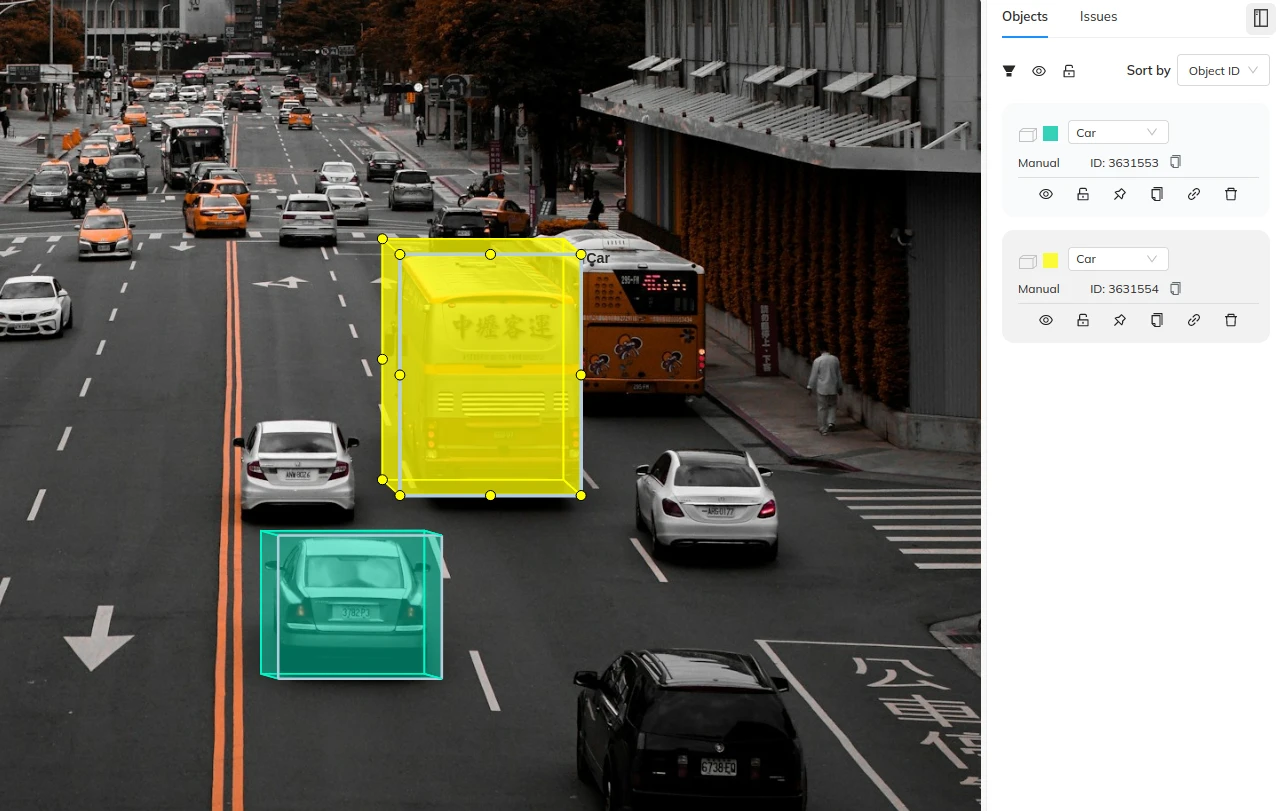
Conclusion
Cuboid annotation plays a critical role in advancing computer vision, particularly for applications in autonomous vehicles, indoor object detection, and robotics. By providing detailed 3D information, cuboid annotation enhances AI's ability to perceive and interact with the world, bridging the gap between 2D images and real-world spatial understanding. Moreover, as this technology evolves, the methodologies and applications of cuboid annotation will continue to expand, driving innovation in AI and Machine Learning.

